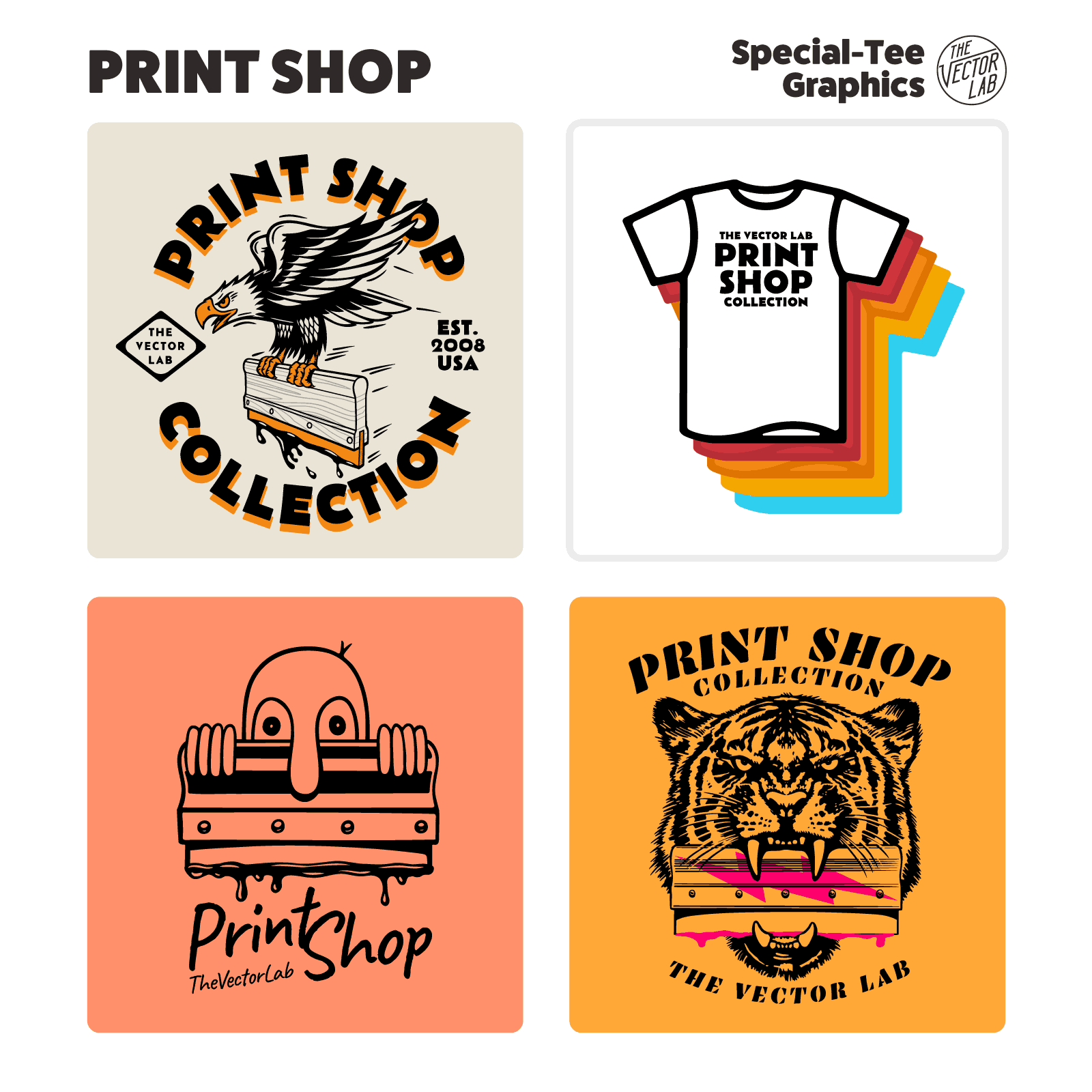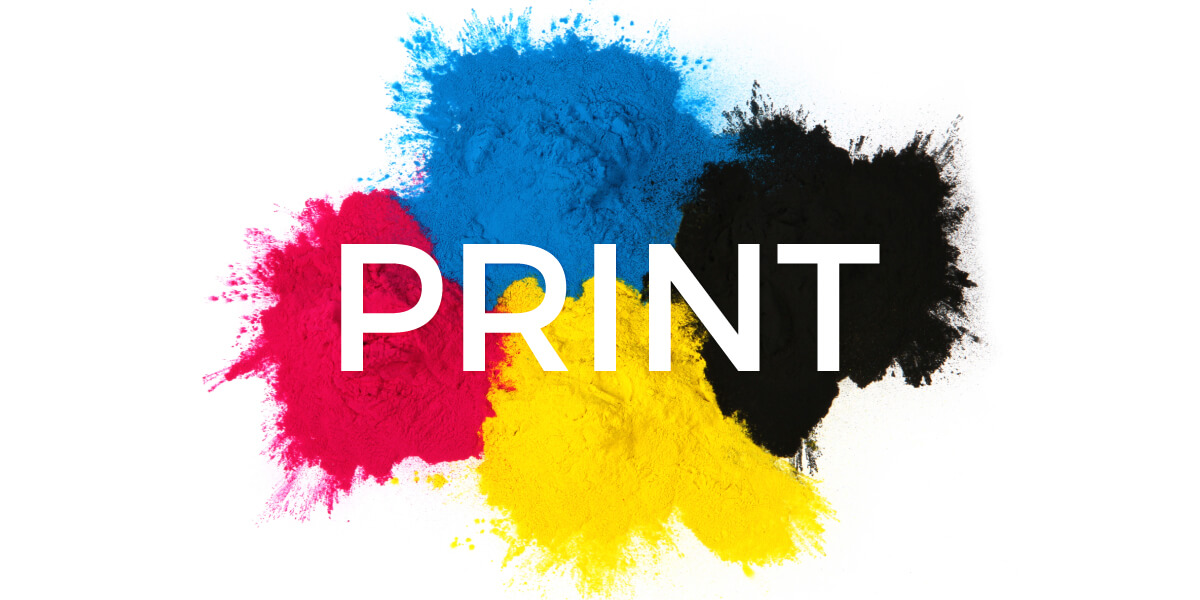Can I Print Personal Photos at a Print Shop Near Me?
Can I Print Personal Photos at a Print Shop Near Me?
Blog Article
The Ultimate Guide to Using Printing Providers for Personalized Art Prints
Guiding through the globe of customized art prints calls for a clear understanding of different printing solutions. Artists have to think about variables such as printing methods and products to accomplish the wanted result. Each choice, from artwork prep work to color calibration, plays an essential duty in the end product. As they explore these aspects, musicians can expose the capacity for their work to get in touch with target markets in a significant means. What steps can they require to assure their prints stick out?
Comprehending Various Kinds Of Printing Services
Although many individuals may overlook the complexities of printing services, recognizing the numerous kinds offered is necessary for anyone looking to create personalized art prints. One of the most usual kinds consist of electronic printing, counter printing, and display printing. Digital printing is favored for its quick turnaround and capability to generate top quality pictures straight from electronic documents, making it ideal for small runs. In contrast, offset printing offers superior image quality and is affordable for larger quantities, using plates to transfer ink onto paper. Screen printing, commonly used for textiles and promotional items, involves pushing ink via a mesh display, permitting for vivid colors and structures. Each technique has its special benefits and restrictions, making it important for artists and designers to assess their specific needs, such as quantity, desired quality, and budget, before choosing a printing solution that straightens with their creative vision.
Selecting the Right Products for Your Prints
Picking the ideal materials is necessary for achieving high-quality custom-made art prints. Understanding the different sorts of paper and the importance of ink high quality can greatly impact the outcome. Musicians need to consider these aspects to guarantee their vision is precisely represented in the published piece.
Paper Types Explained
Choosing the right paper kind is important for achieving the wanted visual and durability in custom-made art prints. Numerous choices exist, each offering unique features. Glossy paper improves color vibrancy and detail, making it perfect for digital photography prints. Alternatively, matte paper supplies a softer finish, which is better for artwork that requires subtlety and texture. Great art paper, typically made from cotton or alpha cellulose, uses archival quality and appropriates for replicating intricate details in paintings (Print Shop Near Me). Additionally, specialized documents, such as watercolor or canvas, can include unique visual results. Inevitably, choosing the ideal paper type will significantly affect the final presentation, ensuring that the artwork is both durable and aesthetically attractive
Ink Top Quality Matters
Ink top quality plays an essential role in the general success of custom-made art prints. Top notch inks assure lively colors, sharp information, and durability, which are crucial for showcasing artistic work. When choosing printing solutions, musicians need to take into consideration pigment-based inks over dye-based options, as they use better fade resistance and color security. Furthermore, the choice of ink should enhance the picked paper kind, improving the print's aesthetic effect. Ecological elements, such as humidity and temperature level, can additionally influence ink efficiency; for that reason, musicians should ask regarding ink solutions that stand up to these elements. Eventually, investing in superior ink top quality can raise the end product, guaranteeing that the art print continues to be true to the musician's vision for years to come.
Discovering Printing Techniques: Digital vs. Typical
While both conventional and electronic printing strategies have their unique advantages, the choice on which technique to make use of typically hinges on the specific demands of the artwork. Digital printing masters versatility and speed, permitting for quick turn-around times and the capacity to print on need. This technique is particularly beneficial for musicians who call for special items or little runs, as it eliminates the demand for comprehensive setup processes.Conversely, conventional printing methods, such as lithography and screen printing, often create richer textures and shades, interesting musicians looking for a much more genuine and responsive surface. These approaches can enhance the deepness and quality of the artwork, making them ideal for bigger editions. In addition, conventional techniques might supply an unique visual that digital printing occasionally battles to reproduce. Inevitably, the option in between these techniques should consider factors like desired top quality, amount, and creative intent, assisting artists to the most appropriate alternative for their jobs.

Preparing Your Art Work for Printing
Effectively preparing artwork for printing calls for cautious attention to detail, no matter of the picked printing strategy. Musicians should ensure that their data are developed at the ideal resolution, usually 300 DPI, to preserve intensity and clearness. The right shade setting, generally CMYK for print, is vital to accomplish the wanted color precision. Artists should additionally take into consideration the measurements of the artwork, seeing to it to include hemorrhage locations if necessary, to avoid any kind of undesirable white sides after trimming.Additionally, file layouts play a vital duty; TIFF and PDF are frequently favored for high-quality prints. Prior to entry, it is necessary to assess the art work for any kind of blemishes or undesirable aspects. By thoroughly examining these facets, musicians can improve the possibility of their prints lining up with their imaginative vision, inevitably causing an effective printing end result.
The Value of Shade Calibration and Proofing
Color calibration and proofing are crucial steps in the printing procedure, as they ensure that the last result accurately shows the artist's vision. Correct shade calibration warranties that the shades presented on the display suit those that will be printed. This process involves readjusting the screen settings, printer accounts, and inks to achieve a regular color representation.Additionally, proofing permits artists to sneak peek their job prior to the last print run. This stage enables them to spot and rectify any type of disparities in shade, saturation, or information, thereby lessening costly mistakes. By using hard-copy or digital evidence, artists can make educated decisions about adjustments required for ideal results.Incorporating shade calibration and proofing right into the printing workflow not just improves the high quality of the final product however also promotes a reputable partnership between the artist and the printing solution, ensuring fulfillment and integrity to the original art work.
Picking the Perfect Dimension and Format for Your Prints

Marketing and Selling Your Customized Art Prints
Advertising and selling custom-made art prints requires a strong brand name identification to stand out in an open market. Effective on the internet promo techniques and the critical use of social media platforms can considerably boost visibility and involvement. By incorporating these aspects, artists can develop a compelling existence that draws in prospective purchasers.
Building Your Brand Identification
Establishing a strong brand name identification is necessary for artists seeking to successfully market and offer their custom art prints. This identity encompasses the musician's unique style, worths, and story, which resonate with possible purchasers. Musicians ought to create a natural visual visibility throughout all platforms, consisting of logo designs, color systems, and typography that show their imaginative vision. Additionally, a clear objective declaration helps communicate the musician's function and enthusiasm. Engaging narration about the inspiration behind each piece can promote psychological connections with the audience. Uniformity in messaging, whether on social networks or packaging, boosts acknowledgment and count on. By meticulously curating their brand name identification, musicians can distinguish themselves in an open market, drawing in dedicated consumers that value their creativity.
Efficient Online Promo Techniques
What approaches can musicians use to successfully advertise their custom-made art publishes online? First, developing a professional website showcasing the artwork is crucial. This site ought to consist of thorough summaries and high-quality photos to involve potential purchasers. In addition, musicians can make use of email advertising by constructing a customer listing to share updates, promotions, and brand-new launches. Collaborating with blog writers and influencers in the art neighborhood can increase reach and trustworthiness. Supplying exclusive pieces or limited-time price cuts can likewise develop urgency, motivating acquisitions. Enhancing web content for search engines with relevant keyword phrases will enhance exposure. Finally, maintaining a blog about the artistic procedure can attract art enthusiasts, cultivating a much deeper connection with the audience and enhancing the total advertising and marketing strategy.
Using Social Media Operatings Systems
Social network systems act as effective devices for artists looking to market and market their custom-made art prints. By leveraging systems like Instagram, Facebook, and Pinterest, musicians can display their job to a vast target market. Engaging visuals and strategic hashtags can enhance exposure, drawing potential buyers to their profiles. On a regular basis uploading material, such as behind-the-scenes procedures or new styles, aids keep audience rate of interest and promotes a sense of community. Furthermore, artists can use targeted advertising to get to certain demographics, enhancing the chances of sales. Cooperations with influencers or other artists can better intensify exposure. Inevitably, a well-curated social media sites visibility not just advertises custom-made art prints yet likewise constructs a loyal client base in time.
Regularly Asked Concerns

Just how Do I Discover Reputable Printing Solution Providers?
To find trustworthy printing company, one read what he said must look into on-line evaluations, seek recommendations from peers, compare portfolios, demand samples, and assess client service responsiveness. This thorough strategy warranties notified choices and satisfying results.
What Is the Regular Turnaround Time for Customized Prints?
The typical turn-around time for customized prints differs by provider, however normally varies from a couple of days to two weeks. Aspects influencing this include order dimension, complexity, and the details printing strategies utilized.
Can I Obtain a Reimbursement if I'm Not Satisfied With My Prints?
The question of obtaining a reimbursement for unsuitable prints commonly relies on the particular printing service's policies. Many firms supply contentment assurances, while others might have rigorous return problems, emphasizing the value of evaluating terms beforehand.
Are There Any Kind Of Hidden Expenses Related To Printing Solutions?
Numerous printing solutions might consist of concealed costs such as setup fees, delivery costs, or extra costs for certain products. It's essential for clients to ask about all possible expenditures before completing their order.
How Can I Guarantee My Prints Are Environmentally Pleasant?
To guarantee prints are eco-friendly, one need to select green inks, recycled paper, and lasting printing practices. Looking into printing services that prioritize sustainability and getting certifications can even more ensure marginal ecological influence in the printing procedure. Steering through the world of personalized art prints calls for a clear understanding of numerous printing solutions. Several individuals may neglect the ins and outs of printing services, comprehending the various types readily available is necessary for any individual looking to produce personalized art prints. The most usual types consist of digital printing, counter printing, and screen printing. Efficiently preparing art work for printing requires mindful focus to information, regardless of the selected printing method. Prints aimed at galleries might require typical dimensions to facilitate framing, whereas one-of-a-kind layouts may appeal to collectors looking for something distinctive.Lastly, the printing service's capacities need to be assessed.
Report this page